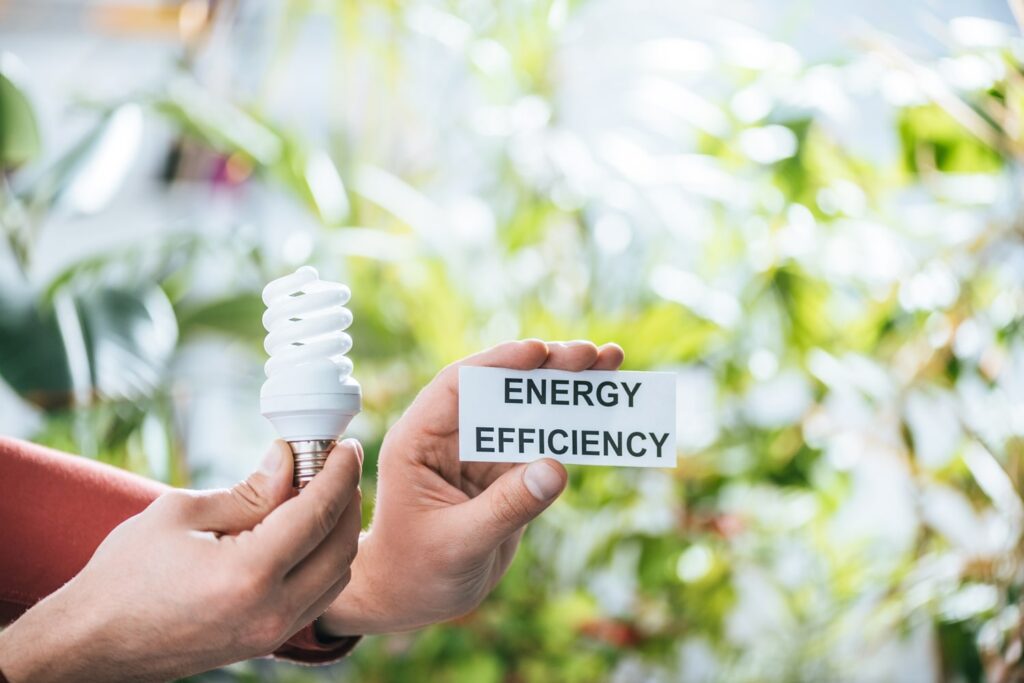Energy Audit
Energy Audit



DIY Home Energy Audit
Of all the energy consumed in the United States, about $100 billion worth, approximately one-fifth is used to heat, cool and light our homes and operate home appliances — stoves, toasters, microwaves, washers, dryers. Your expenditures each year for household energy can be minimized, sometimes with simple changes or alterations of energy usage practices.
The most energy is used for heating and cooling; therefore, it is a wise economic practice to identify and correct any energy losses from your home. Do-it-yourself or professional home energy audits will help you.
With a careful walk-through of your home, following the tips below, you can conduct a Do-It-Yourself Audit, which will enable you to identify and correct most problem areas. To help prioritize problems, take notes as you carefully inspect each area.
Do-It-Yourself Energy Audit
Correcting Air Flow Problems: Discover if and where air leaks are occurring. This area alone can provide up to 30% in energy savings, if corrected properly. The indoor areas to check are gaps along baseboards and floor edges, and ceiling and wall junctures,. Other areas to check for drafts are window frames, electrical outlets and switch plates, weather-stripping around doors and windows, fireplace dampers, attic hatches, gaps around pipes and wires, foundation seals, and mail slots. Keep in mind that weather-stripping may need to be reapplied from time to time.
When inspecting windows and doors, look for obvious signs of leakage, such as, window rattling or daylight visible around the frames. Storm windows should be checked as well for breakage and fit. Windows and doors manufactured today are considerably more efficient then the ones installed years ago. Replacing old ones may often be the best practice. If this, however, is not feasible, consider installation of weather-stripping and use low-cost plastic sheeting over windows during the winter.
Indoor Air Quality: Remember that indoor air quality is also very important. Although sealing openings to prevent undue loss of energy is one factor, there may also be an effect called “backdating.” This happens when a home’s exhaust fans and combustion appliances compete for air. Exhaust fans may pull combustion smoke into living areas making air quality unsuitable and even unhealthy. It is important that furnaces or stoves, which supply heat with fuels such as natural gas, fuel oil, propane or firewood, have an adequate air supply.







